Top 10 Most Populated Countries in the World 2025
By ICON TEAM | Published on Mar 18, 2025
List Of Top 10 Most Populated Countries in the World 2025
Though at varied rates in different countries, the world population is expected to keep rising in 2025. Based on the most recent estimates from sources including the United Nations World Population Prospects and other demographic statistics, the top 10 most populated countries in the world for 2025 show a mix of long-standing demographic giants and fast developing nations, mostly from Asia and Africa. These nations, their inhabitants, and the elements forming their demographic landscapes are explored in great depth below.
1. India - 1. 46 billion:
With an estimated 1.46 billion people, India is the most populated nation on Earth in 2025. Having exceeded China in 2023, India's population increase is powered by a mix of a youthful demographic its median age is roughly 28 and a fertility rate somewhat over the replacement threshold of 2.1 children per woman. Rapid urbanisation, cultural desires for larger families in some areas, and better healthcare lowering death rates help to explain this increase. Still, India has major problems including environmental pressures like pollution, housing shortages, and infrastructure difficulties. About eighteen percent of the world's population, India's demographic weight influences world economic and cultural patterns.
2. China: 1.41 billion:

Ranked second in 2025 with around 1.41 billion people is China. Once the most populous country in the world, China's development has slowed drastically under decades of the one-child policy (terminated in 2015) and a fast ageing population with a median age of approaching 40. With a low 1.2 children per woman, the nation is currently seeing a small population drop. Still, China's sheer enormity guarantees its ongoing importance. While incentives for bigger families help the government increase birth rates, an ageing workforce and declining young population provide financial difficulties. Though rural-urban gaps still exist, China's urban centres remain centres of invention.
3. United States - 347 million:
Third spot goes to the United States, home of an estimated 347 million people. Unlike many developed countries with declining populations, the United States keeps constant increase mostly driven by immigration rather than high birth rates. Natural increase by itself would not be able to sustain development with a birth rate of roughly 1.7; nevertheless, the country's attractiveness as a migrant destination—driven by quality of life and economic prospects—keeps its population expanding. Though issues like an ageing Baby Boomer population burden healthcare and social security systems, urban centres including New York, Los Angeles, and Chicago focus much of this development. Driven by its varied population, the United States nonetheless is a cultural and financial superpower.
4. Indonesia - 286 million:
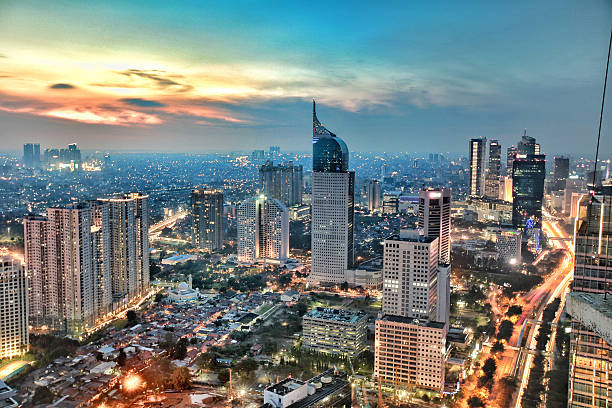
Fourth most populated nation is Indonesia, an archipelago of more than 17,000 islands with about286 million people. Java, the most populated island, generates much of this number; cities like Jakarta are fast being urbanised. Though growth is slowing down compared to earlier decades, a fertility rate of about 2.3 and a median age of 30 show a balanced demographic. Although Indonesia's population drives its ranking as the biggest economy in Southeast Asia, it suffers from urban sprawl-related infrastructural problems, traffic congestion, and environmental damage. Its demographic profile gains complexity from its cultural variety to many hundreds of ethnic groupings.
5. Pakistan - 255 million:
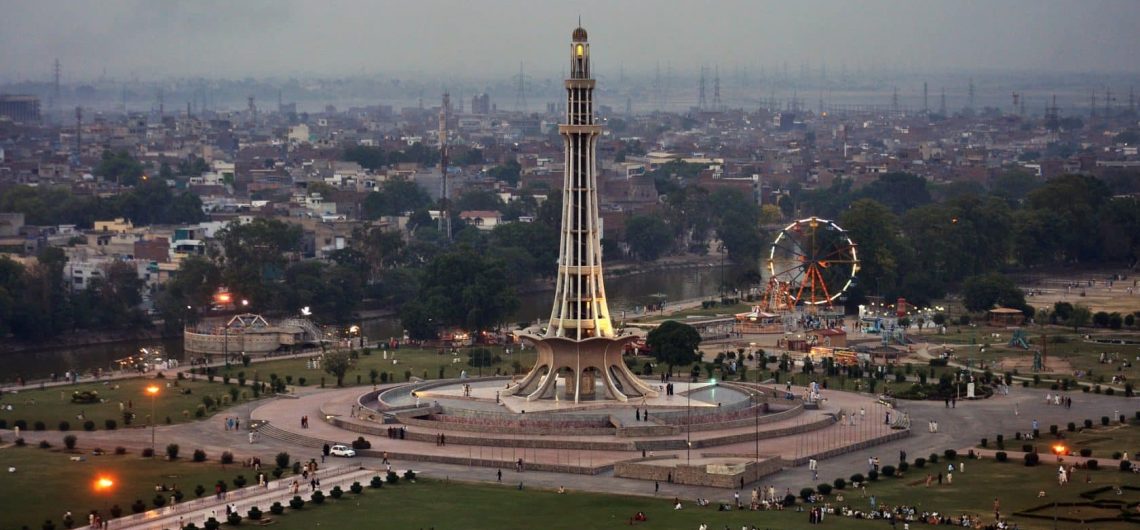
With some 255 million people, Pakistan ranks fifth in the world. Pakistan represents fast demographic growth with a high fertility rate of 3.6 children per woman and a shockingly young median age of 22. More than 60% of the population is under 30, providing a possible "demographic dividend" should job possibilities and education keep up. Still, there are several difficulties: rural poverty, poor access to healthcare, and overburdened cities like Karachi and Lahore hamper growth control. This growth is driven by cultural standards supporting bigger families and continuous urbanisation, therefore establishing Pakistan as a rising actor in world population rankings.
6. Nigeria - 238 million:
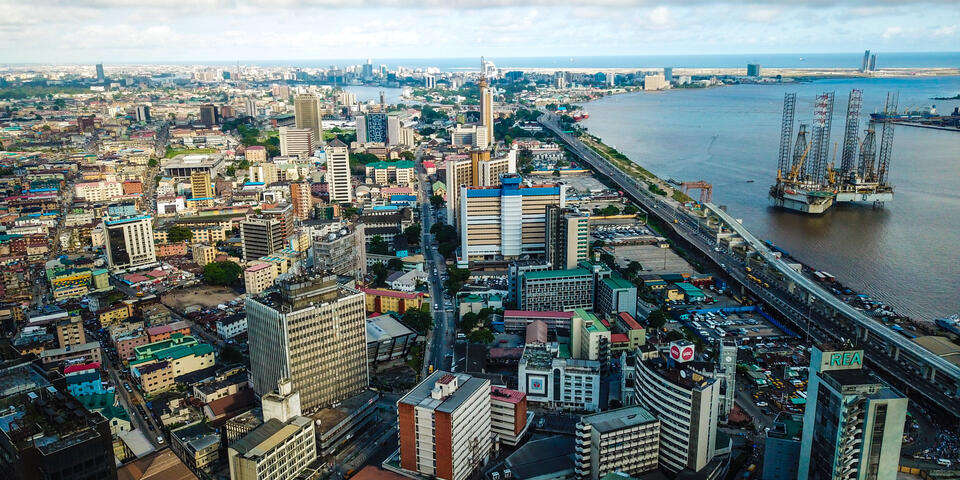
With around 238 million people expected in 2025, Nigeria, the most populous country in Africa, ranks sixth globally. With forecasts suggesting it could surpass the U.S. by mid-century, its high fertility rate of 5.4 children per woman and median age of just 18 signal explosive development. Driven by rural-to- urban migration and economic promise, urban centres like Lagos—perhaps the biggest megacity in the world by 2100—are swarming. Still, rapid expansion strains resources; problems including unemployment, poor infrastructure, and security challenges loom huge. Nigeria's young population could drive economic dynamism, but only with major educational and industrial investment will this be true.
7. Brazil - 213 Million:
Ranked eighth, Brazil, the demographic leader of South America, boasts an estimated 213 million people. Reflecting a shift to a more urbanised, industrialised culture, Brazil's growth has slowed with a fertility rate of 1.7 and a median age of 34. Though the Amazon area is still sparsely populated, cities like São Paulo and Rio de Janeiro anchor its people. Compared to natural increase, immigration is not very important; Brazil's unique cultural fabric—which combines Indigenous, African, and European influences—helps to define its character. As its population settles, environmental pressures especially deforestation, as well as economic inequalities continue to be major issues.
8. Bangladesh - 176 millions:
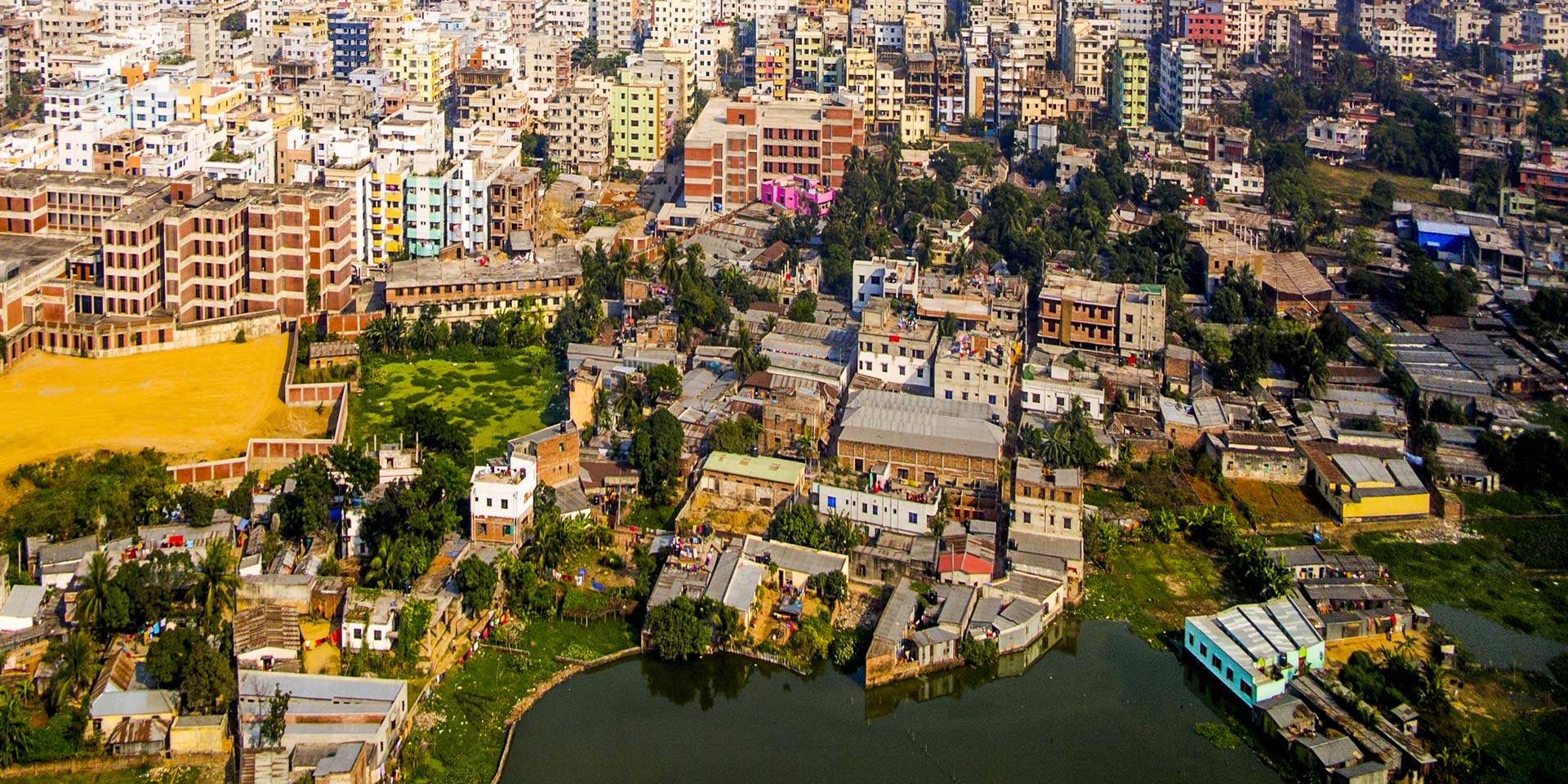
With around 176 million inhabitants, Bangladesh ranks seventh among all the countries in the world despite having a tiny landmass, among others with maximum density. Thanks to effective family planning programs since the 1970s, a fertility rate of 2.0 and a median age of 27 point to a change from fast increase to stabilisation. Particularly in Dhaka, urbanisation stimulates economic development but also aggravates problems including poverty, infrastructure strain, and flooding. With a population density more than 1,100 people per square kilometre, Bangladesh's resilience shown in its adaptability to climate challenges underscotes its demographic relevance.
9. Russia - 144 million:
At an estimated 144 million people, Russia ranks eighth on the list. Covering large region, its population is concentrated in western cities such as Moscow and St. Petersburg. Emigration and health issues have helped to reflect a declining and ageing population in low fertility rates of 1.5 and median age of 40. Government attempts to increase birth rates by means of subsidies have not been very effective. Russia's population is steadily declining, but its geopolitical impact persists; long-term issues are raised by rural depopulation and regional inequalities even if this slows down.
10. Ethiopia - 135 million:
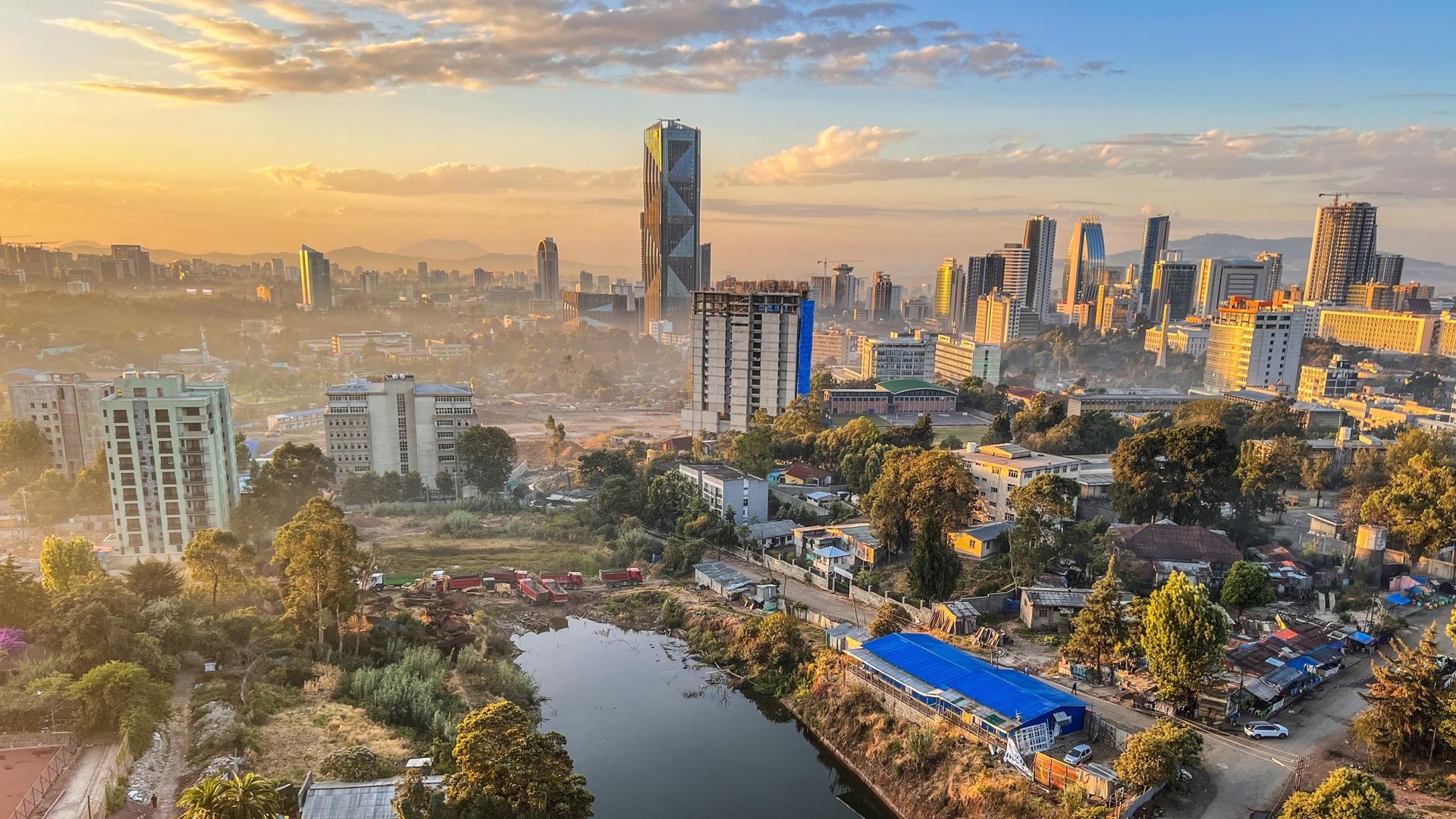
Ethiopia closes out the top 10 with about 135 million people. Being the most populous country in East Africa, it shows strong increase with a median age of 19 and a fertility rate of 4.1. While agricultural groups predominate in rural-to- urban migration stimulates growth in places like Addis Ababa, Ethiopia's population explosion has economic possibilities, mainly in manufacturing and agriculture, but political unrest, poverty, and climatic sensitivity impede development. Its ascent into the top 10 highlights Africa's increasing demographic might.
Comments 0